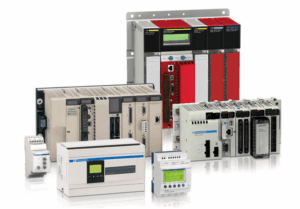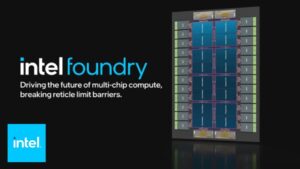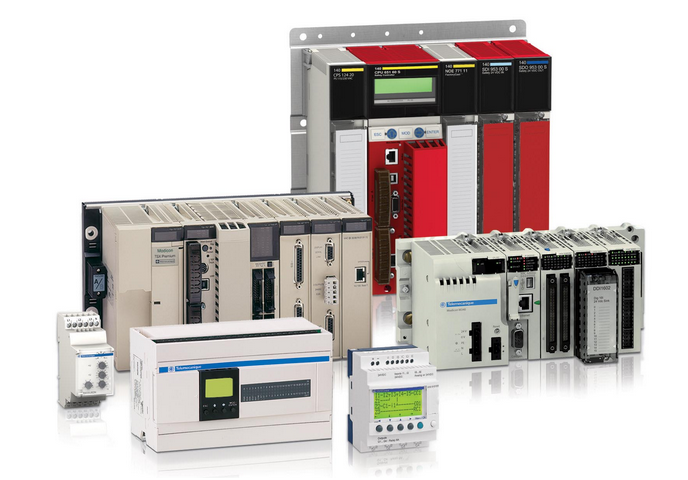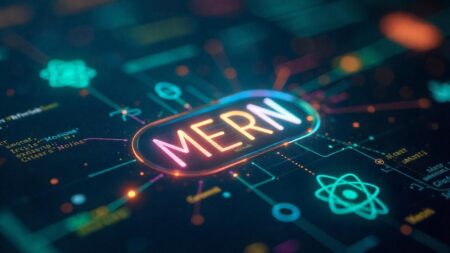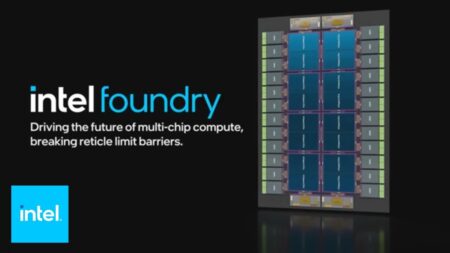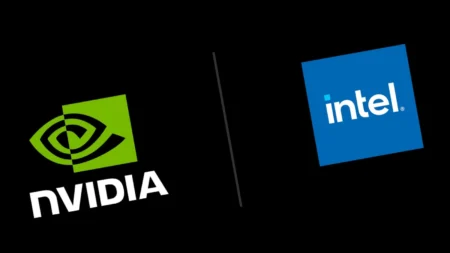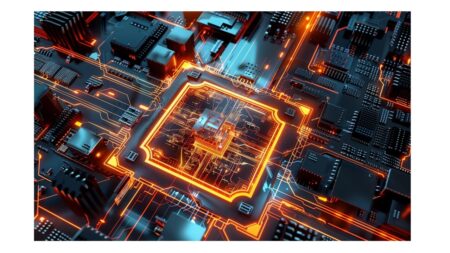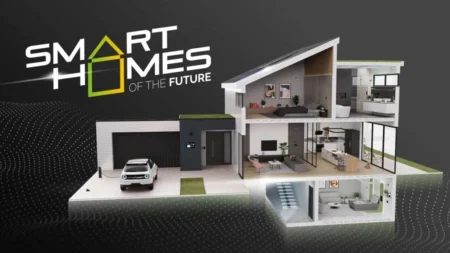In the world of industrial automation, few inventions have had as profound an impact as the Programmable Logic Controller (PLC). What began as a simple replacement for mechanical relays has evolved into a powerful, computer-based control system at the heart of modern manufacturing. Today’s PLCs are not just controllers—they’re the brains behind factories, energy systems, and even smart infrastructure.
What Is a PLC?
A Programmable Logic Controller (PLC) is an industrial digital computer designed to monitor inputs, make decisions based on programmed logic, and control outputs to automate machinery or processes. In simpler terms, a PLC acts like a highly reliable brain that ensures machines work as intended—day and night, under harsh industrial conditions.
PLCs are built to withstand heat, dust, vibration, and electrical noise, making them far more robust than standard computers. They’re used in manufacturing plants, power stations, water treatment facilities, automotive assembly lines, and countless other industrial environments.
How a PLC Works
A PLC operates in a continuous scan cycle:
- Input Scan: Reads the state of connected devices—sensors, switches, and other inputs.
- Program Execution: Processes the logic written by engineers in programming languages like Ladder Logic, Structured Text, or Function Block Diagram.
- Output Scan: Sends signals to actuators, motors, valves, and lights based on the program’s results.
- Housekeeping: Performs internal checks and communications before starting the next scan.
This cycle repeats thousands of times per second, allowing the PLC to respond instantly to changes in the process.
The Early Days: From Relays to Programmable Controllers
Before PLCs, industrial automation relied on relay-based control panels—large networks of electromechanical switches wired together to perform specific logic functions. Any change to the process required rewiring and redesigning the entire system, which was both time-consuming and error-prone.
In 1968, Richard Morley and his team at Bedford Associates developed the first PLC for General Motors’ automatic transmission division. The goal was clear: create a programmable, reliable, and reusable control device that could replace relays and be easily updated with new logic. The result was the Modicon 084, the first-ever PLC, which revolutionized industrial control.
The Evolution of PLCs
Over the decades, PLCs have undergone remarkable transformations:
The 1970s – The Birth of Programmable Control
Early PLCs were simple, using relay ladder logic to make programming familiar to electricians. Memory was limited, and functionality focused mainly on discrete (on/off) control.
The 1980s – Expansion and Communication
As industries grew, PLCs gained analog input/output capabilities, enabling control of variable processes like temperature, pressure, and speed. Communication protocols such as Modbus allowed PLCs to connect and share data with other devices.
The 1990s – Networking and Integration
With the rise of industrial networks, PLCs became interconnected through Ethernet, Profibus, and DeviceNet. They started working alongside SCADA (Supervisory Control and Data Acquisition) and HMI (Human-Machine Interface) systems, enabling centralized monitoring and control.
The 2000s – Intelligence and Flexibility
Modern PLCs integrated microprocessors and real-time operating systems, blurring the line between PLCs and traditional computers. They began supporting high-speed motion control, remote diagnostics, and modular architectures that allowed easy expansion.
The 2010s to Today – Smart PLCs and Industry 4.0
Today’s PLCs are networked, data-driven, and cloud-connected. They support IoT (Internet of Things) and AI-assisted analytics, making it possible to monitor and optimize entire factories in real-time. Many modern PLCs also feature cybersecurity layers, remote access, and predictive maintenance capabilities, reducing downtime and improving efficiency.
Where PLCs Are Used Today
PLCs are essential in almost every automated system imaginable. Some examples include:
- Manufacturing and Assembly Lines – Coordinating robots, conveyors, and sensors.
- Energy Systems – Managing turbines, substations, and renewable energy processes.
- Water and Wastewater Plants – Controlling pumps, filters, and chemical dosing systems.
- Transportation – Overseeing railway signals, escalators, and airport baggage systems.
- Building Automation – Controlling HVAC systems, elevators, and lighting.
In short, wherever there’s a process to monitor, regulate, or optimize—there’s probably a PLC behind it.
The Future of PLCs
As industries continue embracing Industry 4.0, PLCs are becoming more intelligent and connected than ever before. The integration of edge computing, AI algorithms, and cloud-based analytics allows PLCs to make smarter, faster decisions on the factory floor.
Tomorrow’s PLCs will likely serve as hybrid control computers, seamlessly blending automation, data analytics, and cybersecurity—driving the next era of digital manufacturing.
From their humble beginnings as relay replacements to their current role as the backbone of intelligent automation, PLCs have evolved into powerful, reliable, and indispensable control systems. As technology advances, their capabilities will only grow—making them not just tools for automation, but key enablers of innovation in the digital age.



